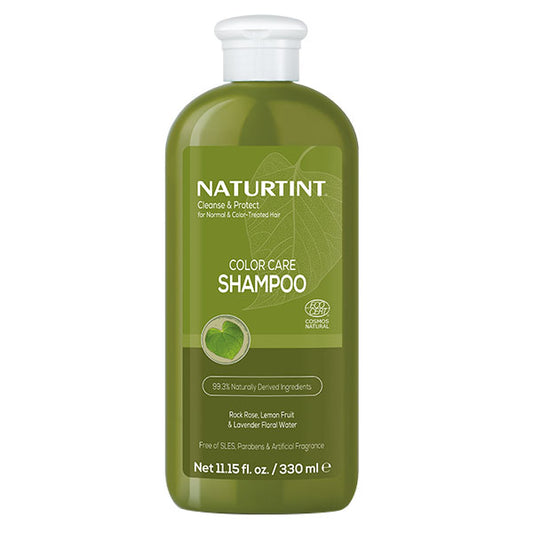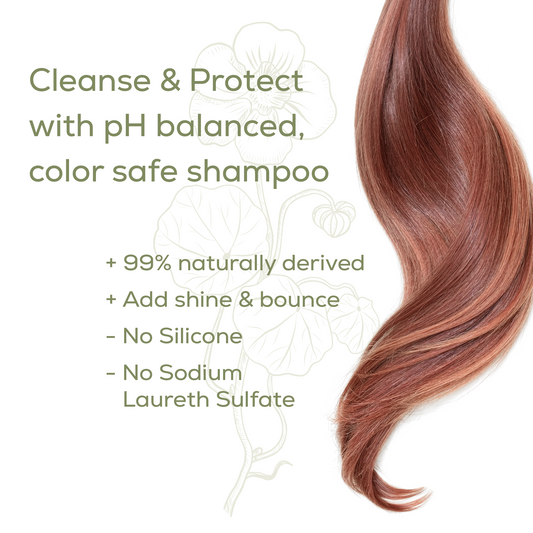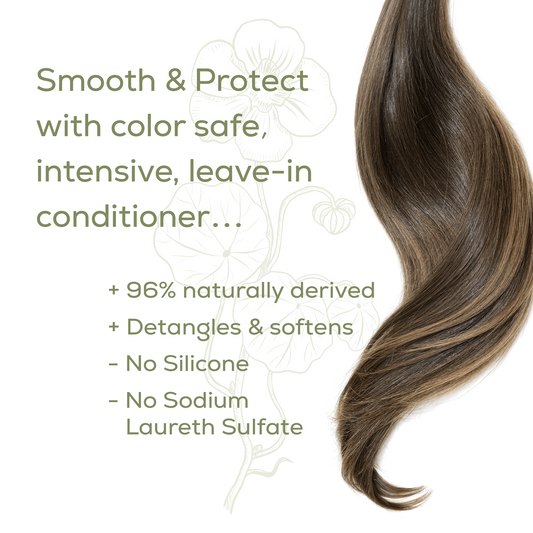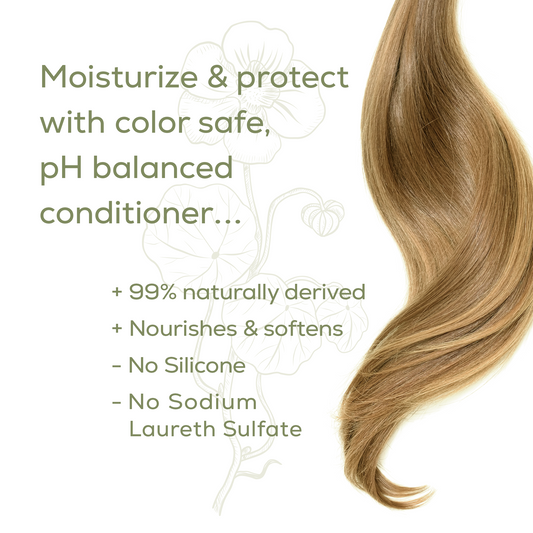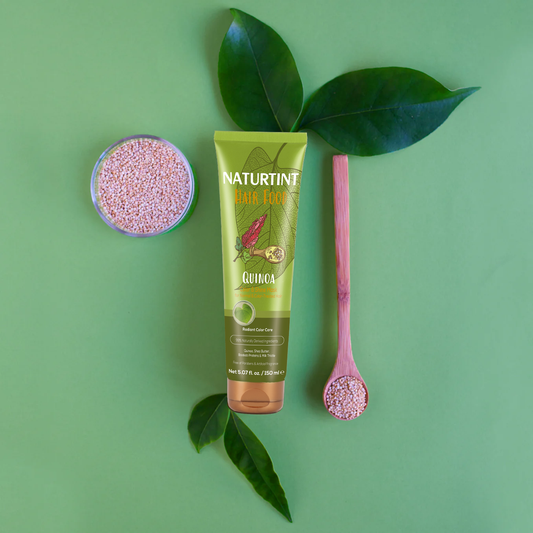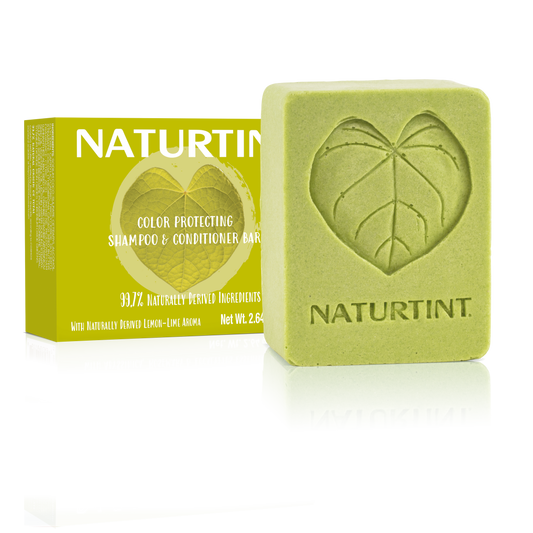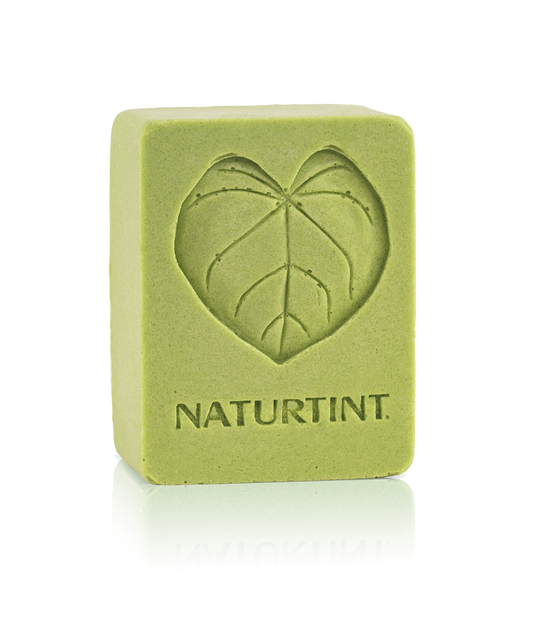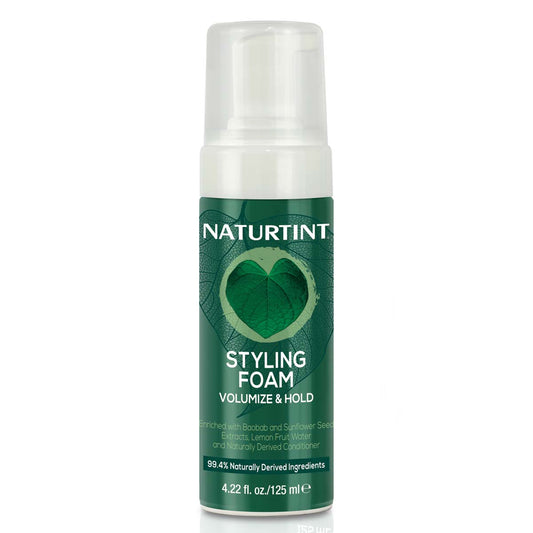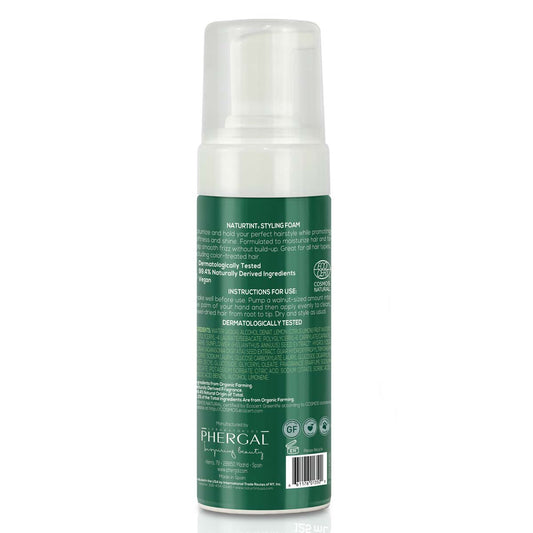Have you ever heard the term hair porosity and weren’t sure exactly what that meant? Believe us, we get it. While hair porosity isn’t a commonly used term, it’s one that’s important to know about in order to understand how your hair behaves and responds to different products. Knowing how your hair reacts will help you maximize your hair care routine and allow you to choose products that will keep your hair strong, shiny, and well-moisturized.
So, what exactly is hair porosity? Essentially, porosity refers to how well your hair is able to absorb and retain moisture.
Related: How to do a strand test

The different types of hair porosities
Hair porosity is separated into three categories: low, medium (normal), and high. Read on to learn more about what makes each type of hair porosity unique!
Here’s a quick breakdown of the different hair porosities:
low porosity
Low porosity hair is resistant to hydration, which means it struggles to absorb water well and may also take a long time to dry. However, whatever moisture does get absorbed is retained for long periods of time and helps keep the hair from being dry or damaged.
medium porosity
This is the ideal porosity as the cuticles aren’t too open, but also not too closed either. Therefore, hair is able to accept and maintain moisture effectively. Medium porosity hair is also easily styled, takes to color well, and doesn’t need much time to air dry.
high porosity
Due to gaps or spaces in the cuticles, high porosity hair soaks up moisture well but does not retain it over time. Characteristics of higher porosity hair usually include frizzy and dry hair and hair that breaks easily.
What causes high or low hair porosity?
Chances are, you can thank your parents for whatever type of hair porosity you have. If high porosity hair runs in your family, you’ll most likely inherit it as well. However, while genetics play a huge part in determining hair porosity, they aren’t the only contributing factor. Blow drying, straightening, and over washing your hair can also cause damaged hair over time as open hair cuticles may make it harder for your hair to retain moisture. Over processing your hair with bleach or other chemicals plays a role as well.
Finally, too much exposure to ultraviolet rays can also increase the porosity of your hair. To provide your hair with maximum protection from the sun, be sure to wear a hat or head covering whenever you’re outdoors!
Now that you know what the different porosities are, let’s talk about how you can figure out your hair’s porosity. Before you wash your hair again, it’s a good idea to take a hair porosity test to find out if you need to adjust your hair care routine.
Keep reading as we walk you through the steps for a porosity test below!
How to do a porosity test on your hair
Luckily, doing a porosity test on your hair is quick and easy. One way to figure out your hair‘s porosity is by doing a float test. Just follow the steps below:
- Step 1 – Fill a glass with room temperature water.
- Step 2 – Drop a single cleaned and non-conditioned strand of hair into the glass of water.
- Step 3 – Watch to see if it sinks to the bottom of the glass or floats to the top.
Did your strand of hair float or sink? And what does this mean? Let’s check out your results to find out!
What the results mean
If the strand of hair sinks to the bottom of the glass, you likely have high porosity hair. On the flip side, if the strand floats at the top, chances are you have low porosity hair. And, as you may have guessed, if the hair floats somewhere in the middle of the glass, you probably have medium or normal porosity hair.
In a rush to discover your hair’s porosity? A quick and water-free alternative to a float test is spritzing water in your hair to see how quickly it absorbs moisture. If it soaks up the moisture right away, it’s highly porous, while the moisture will take longer to absorb in hair with low porosity.
Keep in mind this test is meant to be used as a starting point. A single strand of hair could have a different porosity at the root vs. at the end, so it’s just a guideline.
Now that you’ve learned more about your hair porosity, let’s make sure that you’re using the correct products to maintain your beautiful locks!
How to care for different hair porosities
Due to the range of characteristics of each porosity, maintenance looks a little different for each one. Let’s walk through how to best care for your hair porosity!
how to care for low porosity hair
Because low porosity hair doesn’t absorb moisture very well, you’ll want to steer clear of using products that are made to seal the cuticle like coconut oils or highly acidic products. Protein-free conditioners also work well as they’re more likely to be absorbed in your hair and don’t tend to cause product buildup. Be sure to apply products when your hair is wet and warm. The heat helps to open cuticles and allows moisture and oils to easily penetrate the hair shaft.
how to care for medium porosity hair
If you have medium porosity hair, your hair is at the ideal porosity. This is great news! However, keeping it there may take some effort. To keep your hair vibrant, be sure to avoid the following as much as possible: over straightening, drying your hair, and chemical hair treatments.
Leave-in conditioners like Naturtint’s CC Cream, heat protectants, and other hair moisturizers work well for smoothing and protecting your hair to maintain vibrant, long-lasting hair color and shine.
how to care for high porosity hair
As we mentioned earlier in this post, the upside to having highly porous hair is that it easily soaks up moisture. However, not much of the moisture is usually retained. Due to heat and coloring over time, it’s likely that the cuticle has been disrupted and doesn’t close as it should. The good news here is that it’s much easier to seal an open cuticle than the reverse.
Highly porous hair responds well to treatment with PH balanced hair care products like heavier hair butters, color protecting shampoos and conditioners. To reverse damage, it’s also important to only use low heat when blow drying your hair or air dry.
One final reminder on hair porosity
As you can see, understanding your hair’s porosity is crucial to figuring out a routine for maintaining healthy hair. If you’re not currently at your ideal hair porosity, there are steps you can take to change that. Now that you know how to manage, treat, and care for your hair, you’re well on your way to stronger and healthier hair!



